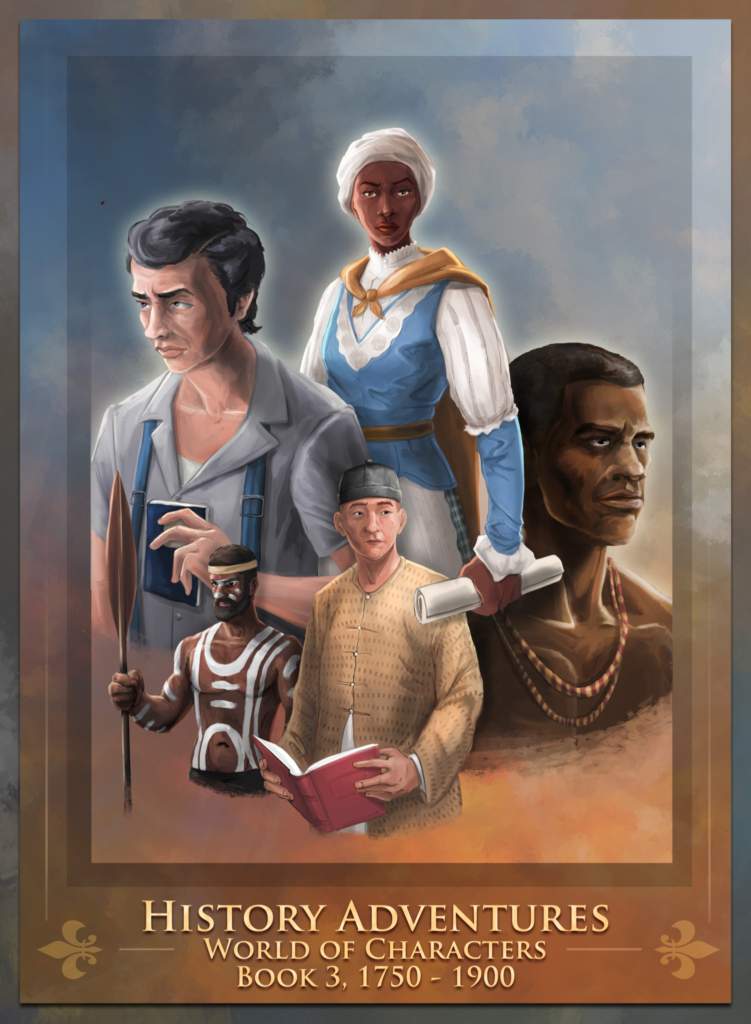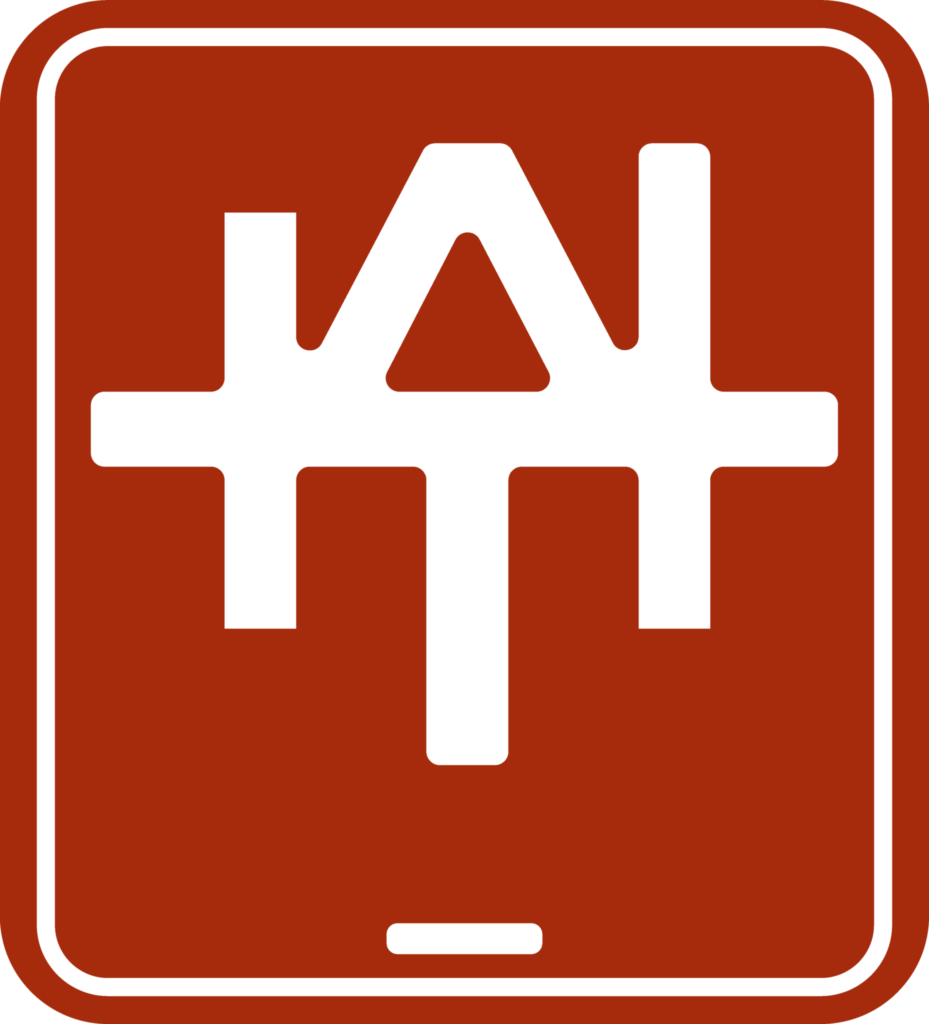Tag: education
-

Revolutions Now on Apple Books!
History Adventures, World of Characters, Book 3: 1750-1900 is now available for download in 51 countries around the world… for free for a limited time only https://books.apple.com/us/book/history-adventures-world-of-characters/id1505237819
